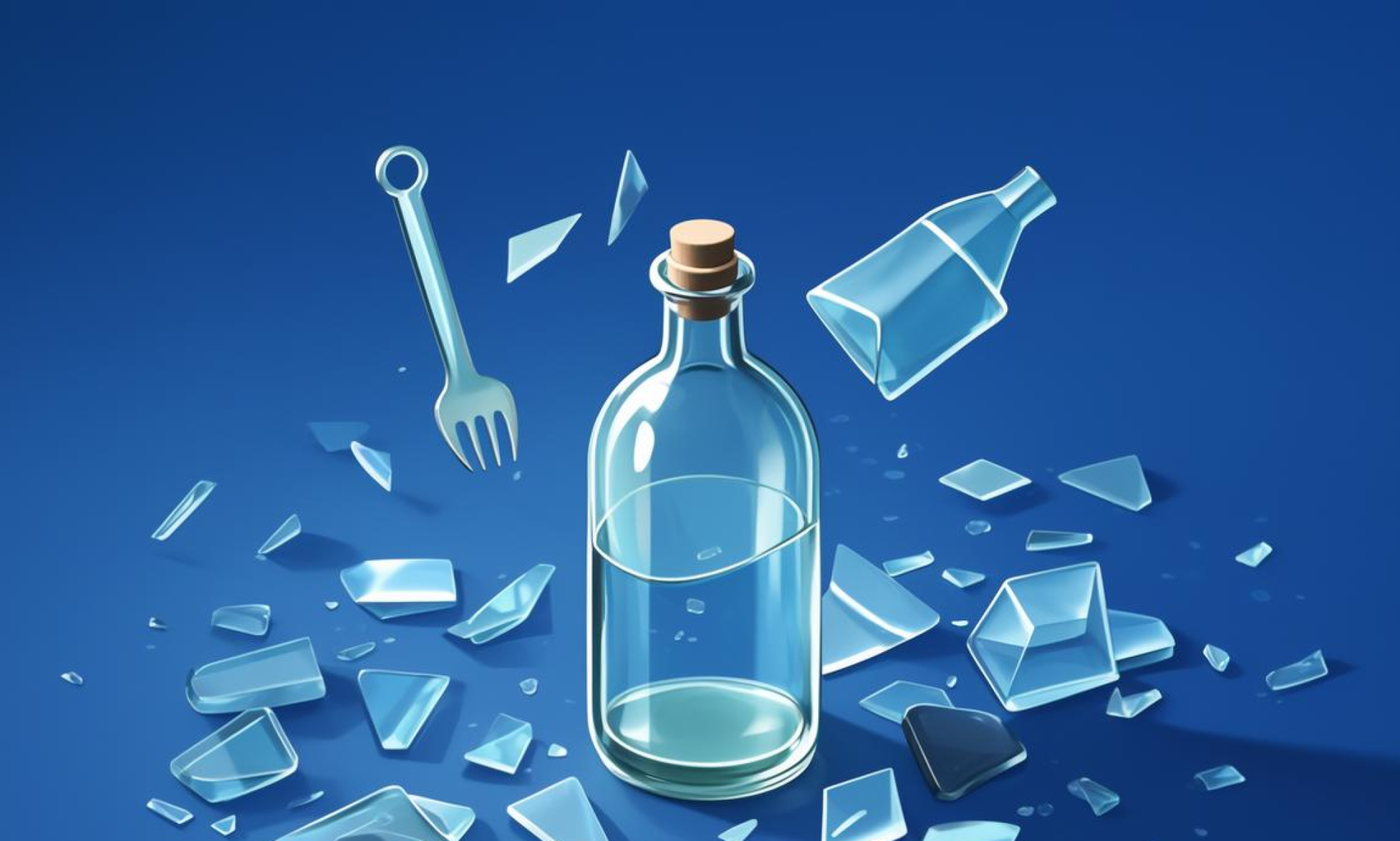How Lightweight Glass Bottle Design Reduced Logistics Costs by 2M PKR Annually
In the competitive world of glass bottle manufacturing, cost efficiency is key. Discover how a innovative lightweight design reduced logistics costs by 2M PKR annually for a leading manufacturer. This case study highlights the importance of material optimization and sustainable practices in modern production.
Understanding the Value of Glass Bottles
Glass bottles are essential for various industries, including pharmaceuticals, beverages, and cosmetics. Their durability, recyclability, and aesthetic appeal make them a popular choice. However, traditional glass bottles can be heavy, leading to increased logistics costs. This case study explores how a leading manufacturer transformed their production process to achieve significant cost savings.
The Problem: High Logistics Costs
Before the lightweight design implementation, the manufacturer faced high logistics costs due to heavy glass bottles. Transportation expenses, handling fees, and storage costs rose significantly. The company sought a solution to reduce these costs without compromising product quality or performance.
The Solution: Lightweight Design
The manufacturer partnered with experts to develop a lightweight glass bottle design. By optimizing the material thickness and shape, they achieved a 15% reduction in overall weight. This innovation not only reduced logistics costs but also improved operational efficiency.
Key Benefits of Lightweight Glass Bottles
- Reduced transportation costs
- Lowered labor costs for handlers
- Extended shelf life due to better protection
- Improved inventory turnover
- Environmental impact reduction
Lightweight glass bottles also enhance packaging efficiency, allowing the company to maximize space in trucks and warehouses. This led to a 20% reduction in storage space required, further cutting costs.
How the Lightweight Design Was Achieved
The lightweight design implementation involved several key steps:
- Material Analysis: The team tested various glass formulations to find the optimal balance between strength and weight.
- Shape Optimization: By altering the bottle’s shape, they reduced its surface area while maintaining functionality.
- Automation Integration: The production line was upgraded to handle the new lightweight material more efficiently.
- Quality Control Enhancements: Rigorous testing ensured the new design met safety and performance standards.
Results and Impact
After implementing the lightweight design, the manufacturer achieved a 2M PKR reduction in annual logistics costs. This marked a significant milestone in their journey toward sustainability and operational excellence. The company also reported improved customer satisfaction due to lighter, more portable bottles.
Lessons Learned
The success of this case study highlights the value of investing in innovative design. Lightweight glass bottles not only reduce costs but also offer environmental benefits. The company plans to continue exploring lightweight materials to further enhance their product offerings.
Conclusion
In conclusion, the adoption of lightweight glass bottle design has proven to be a game-changer for this manufacturer. By prioritizing efficiency and sustainability, they achieved measurable cost savings and improved their overall operational performance. This case study serves as a roadmap for other companies looking to optimize their logistics and reduce costs.
